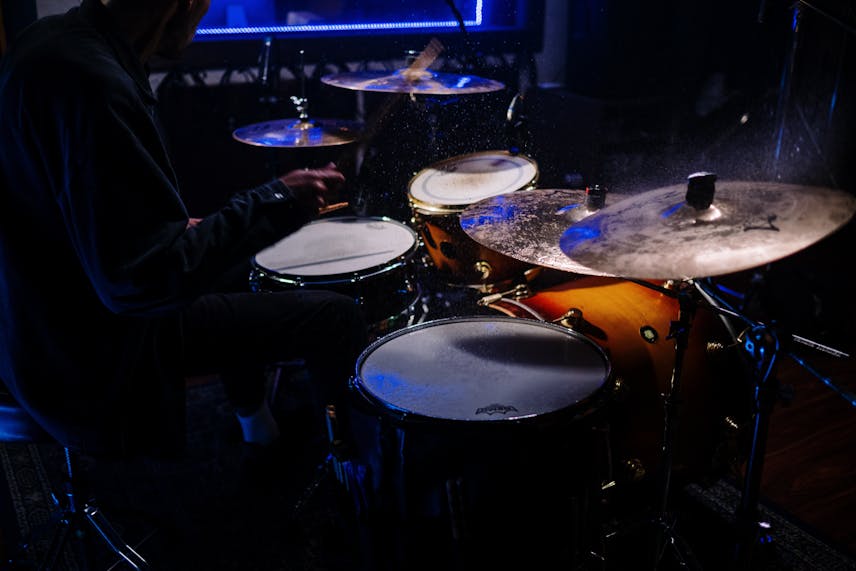When it comes to creating the perfect chillout vibe, drums for lofi music play a pivotal role. This genre, known for its relaxed and mellow sound, often relies on a distinctive percussion style to set the mood and pace. In this deep dive into the world of lofi drumming, we’ll explore the techniques, sounds, and equipment that help artists achieve that signature lofi beat.
Understanding the Lofi Drum Aesthetic
Lofi, short for ‘low fidelity’, is a genre that embraces imperfections and aims to produce a nostalgic or ethereal sound. The drums for lofi often feature a laid-back groove with a gritty, unpolished texture. This is achieved through various production techniques, such as using vintage drum machines, sampling old records, and incorporating natural ambient noise.
The Role of Sampling in Lofi Drums
Sampling is a cornerstone of lofi hip-hop, with producers frequently digging through crates of old vinyl to find the perfect drum break. These samples often come from soul, jazz, and funk records from the 60s and 70s, where the drums had a warm, organic feel. By looping and manipulating these breaks, lofi producers create a timeless rhythm section that transports listeners to a different era.
Choosing the Right Drum Machine
While sampling is prevalent, many lofi artists also utilize drum machines to craft their beats. Machines like the Akai MPC, Roland SP-404, and Teenage Engineering’s OP-1 are popular choices for their ability to impart a distinctive character to the drums. The use of these machines is not just about the sounds they produce, but also the hands-on approach they offer, allowing artists to physically interact with their beats.
Techniques for Crafting Lofi Drum Patterns
Creativity and experimentation are key when it comes to programming drums for lofi. Artists often stray from conventional quantization, opting instead for a loose, off-kilter rhythm that feels more human and less mechanical. This ‘swing’ gives lofi its signature laid-back groove, making the music feel more personal and emotionally resonant.
Incorporating Organic Textures
Beyond the beats themselves, lofi drums are characterized by their textural elements. Producers frequently layer their percussion with vinyl crackles, tape hiss, and other forms of sonic ‘dust’ to create a warm, analog atmosphere. These elements are not merely background noise; they’re an integral part of the lofi drum sound, contributing to the music’s intimate and cozy feel.
The Art of EQ and Compression
Equalization (EQ) and compression are two powerful tools in the lofi producer’s toolkit. By carefully sculpting the frequency spectrum and dynamics of the drums, artists can achieve the soft, muffled sound that defines the genre. The goal is often to make the drums sound like they’re being played in another room, or heard through an old radio, evoking a sense of distance and nostalgia.
Expanding the Boundaries of Lofi Drumming
While there’s a certain aesthetic commonly associated with drums for lofi, the genre is not without its innovators. Some producers are blending traditional lofi techniques with influences from other genres, such as electronica, ambient, and even classical music. This fusion is pushing the boundaries of what lofi can be, introducing new textures and rhythms to the genre’s palette.
Ultimately, the drums for lofi music are about more than just keeping time; they’re about creating a mood. Whether through vintage samples, analog drum machines, or innovative programming techniques, lofi drums have the power to transport listeners to a place of relaxation and reflection. As the genre continues to grow and evolve, so too will the ways in which artists approach the art of lofi drumming.


